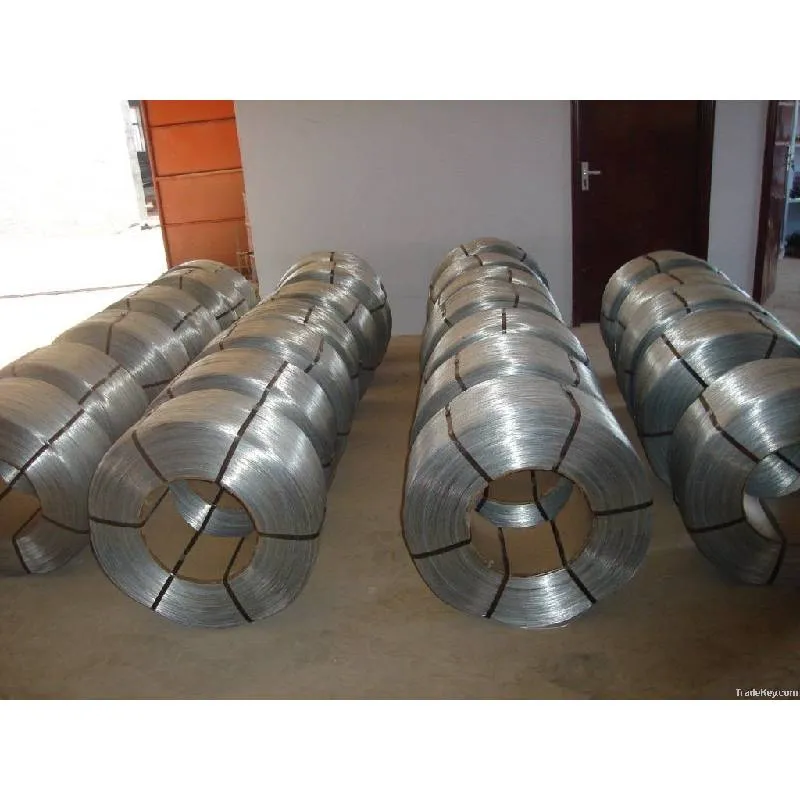cavity wall ties
2025-08-14 01:04:38
0

Understanding Dowel Bars Their Importance and Application in Construction Dowel bars are crucial components in the construction industry, specifically utilized in the reinforcement of concrete pavement. They play a significant role in enhancing the performance of pavements by providing load transfer between panels, minimizing joints' movement, and preventing cracking. This article aims to explore the concept of dowel bars, their materials, functions, advantages, and installation procedures. What are Dowel Bars? Dowel bars are short lengths of cylindrical steel, generally ranging from 0.5 to 1 inch in diameter and 12 to 30 inches in length. They are embedded in concrete slabs at joints, primarily to facilitate the transfer of loads across the joint from one slab to another. Because they are unbonded, dowel bars allow for independent horizontal movement of the slabs, accommodating thermal expansion and contraction while maintaining structural integrity. Materials Used Typically, dowel bars are made from high-strength steel, which has excellent tensile strength, making them ideal for withstanding the stresses placed on concrete pavements. Steel is preferred for its durability and resistance to various environmental factors. Additionally, dowel bars can be coated with epoxy to provide corrosion resistance, extending their lifespan, particularly in areas where environmental conditions might lead to rusting or deterioration. Functions of Dowel Bars 1. Load Transfer The primary function of dowel bars is to ensure efficient transfer of loads between adjacent concrete slabs. When vehicles pass over a joint, the dowel bars help distribute the load evenly, minimizing stress concentration and potential damage to the pavement. 2. Joint Stability Dowel bars help maintain the alignment of adjacent slabs. This alignment ensures that the joint remains stable under traffic loads and reduces the likelihood of faulting at the joints, which can cause uneven surfaces and pose safety risks. 3. Control of Cracking By allowing for horizontal movement at the joints while transferring loads, dowel bars help control cracking. They keep the slabs in position during thermal expansion and contraction, limiting the chances of vertical displacement that may lead to cracking. 4. Durability Properly installed dowel bars significantly enhance the durability of concrete pavements . By minimizing joint separation and protecting against pavement distress, they contribute to the longevity of the surface. Advantages of Using Dowel Bars dowel bar Using dowel bars in concrete pavement offers several advantages - Reduced Maintenance Costs By improving the structural performance and longevity of pavements, dowel bars reduce the frequency and cost of repairs. Well-constructed pavements require less maintenance, resulting in cost savings for road authorities. - Improved Safety Proper load transfer and reduced cracking enhance the surface's safety, making it less likely for vehicles to experience harsh jolts, contributing to a smoother ride for motorists. - Increased Load-Carrying Capacity Dowel bars enhance the ability of concrete slabs to carry loads, which is particularly important in high-traffic areas where heavy vehicles are common. Installation of Dowel Bars The installation of dowel bars must be done with precision to achieve optimal performance 1. Placement Dowel bars are typically placed in the center of the concrete slab joint, ensuring that they are correctly aligned with corresponding bars in adjacent slabs. 2. Spacing The distance between dowel bars should be consistent, generally ranging from 12 to 18 inches, depending on design specifications and road conditions. 3. Embedment Dowel bars must be adequately embedded within the concrete to ensure effective load transfer but should not bond with the concrete. Special sleeves or spacers can be used to keep them centered and prevent bonding during the curing process. 4. Quality Control Regular quality checks during installation should be conducted to ensure that dowel bars are positioned correctly and that the concrete curing process does not interfere with their functionality. Conclusion Dowel bars are an integral part of modern concrete pavement design. Their ability to facilitate load transfer, enhance joint stability, and control cracking makes them invaluable in construction projects. As infrastructure continues to age and the demands on roadways increase, the importance of materials such as dowel bars will only grow. By ensuring proper installation and maintenance of these components, we can contribute to safer, more durable, and cost-effective transportation systems.